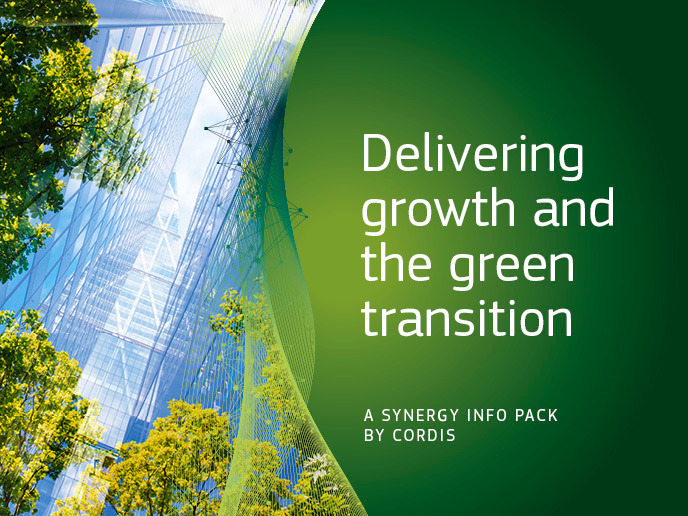Energy production by deep sea microorganisms
Recent studies report the existence of microorganism communities living in the deep marine subsurface under conditions of extreme energy limitation. It remains to be determined how ATP is generated under such conditions, and in particular, how the ATP synthase protein complex adapts. Emerging evidence shows that the generated free energy is much higher than initially envisioned and unlikely to place selective pressure on the ATP synthesis machinery. The EU-funded ATP_ADAPT_LOW_ENERGY (Adaptations of the ATP synthesis machinery in bacteria and archaea to conditions of extreme energy limitation in the deep subsurface) project investigated further the rate-limiting step in organic matter degradation under extreme energy limitation. In addition, scientists wished to identify key differences in potential metabolism between microbes in energy-starved ice age sediments and energy-rich Holocene sediments. The idea was to determine whether these variances are a result of climatic differences or a response to changing in situ conditions. Researchers performed metagenomics analysis of data generated from sediments that were 85 metres below sea floor during the programme Baltic Sea Paleoenvironment. The sediments varied in age, organic carbon content, salinity, and other parameters that reflect the changing Baltic environment from the last ice age and throughout the Holocene. Results demonstrated the presence of microorganisms capable of energy conservation by fermentation, production of acetate and methane, and reductive dehalogenation. The presence of genes that conferred tolerance to salinity was dependent on the present salinity, indicating adaption to geochemical changes. In another part of the study, scientists investigated the capacity of deep sea microorganisms to degrade biopolymers abundant on the seafloor, including carbohydrates and proteins. They identified genes that encode extracellular polymer-degradation enzymes, which however, varied among different taxonomic groups. This enabled scientists to define microorganisms such as Calditrichaeota that break down polymers and others that are slow-growing. Taken together, the findings of the project provide fundamental knowledge on organic carbon turnover in the shallow marine subsurface and its environmental consequences.







